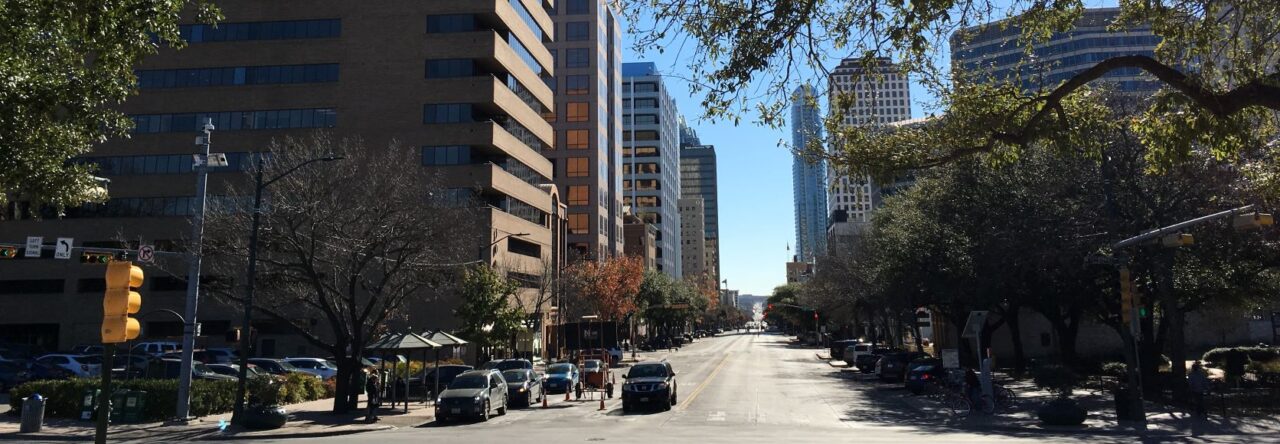Our new paper, “Megacities are causal pacemakers of extreme heatwaves“, is published in npj Urban Sustainability.
The paper and its supporting information can be downloaded at https://www.nature.com/articles/s42949-024-00148-x.
Authors: Xueli Yang, Zhi-Hua Wang, Chenghao Wang, and Ying-Cheng Lai
Abstract: Global climate change has been shown to cause longer, more intense, and frequent heatwaves, of which anthropogenic stressors concentrated in urban areas are a critical contributor. In this study, we investigate the causal interactions during heatwaves across 520 urban sites in the U.S. combining complex network and causal analysis. The presence of regional mediators is manifest in the constructed causal networks, together with long-range teleconnections. More importantly, megacities, such as New York City and Chicago, are causally connected with most of other cities and mediate the structure of urban networks during heatwaves. We also identified a significantly positive correlation between the causality strength and the total populations in megacities. These findings corroborate the contribution of human activities e.g., anthropogenic emissions of greenhouse gases or waste heat, to urban heatwaves. The emergence of teleconnections and supernodes are informative for the prediction and adaptation to heatwaves under global climate change.
DOI: https://doi.org/10.1038/s42949-024-00148-x

